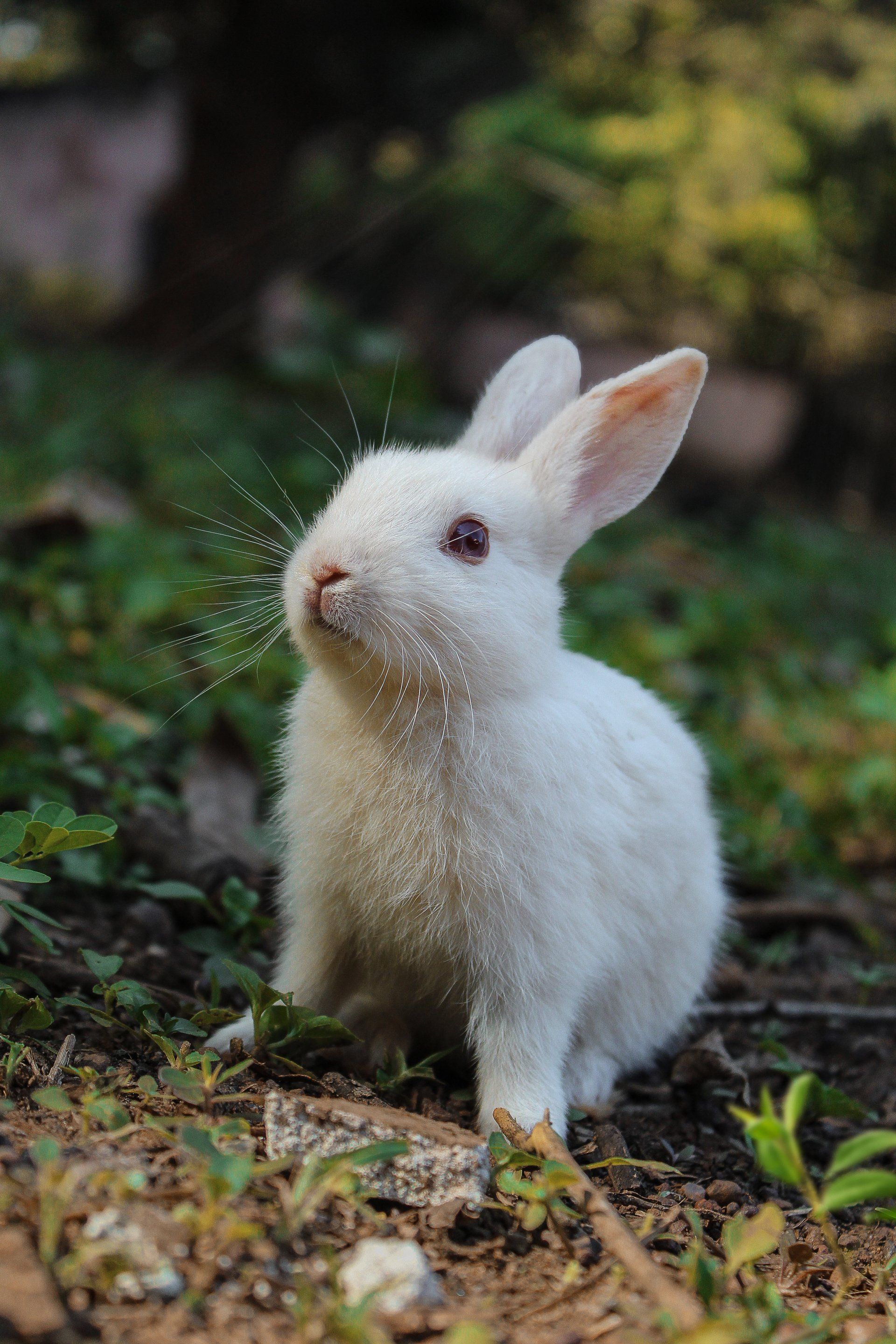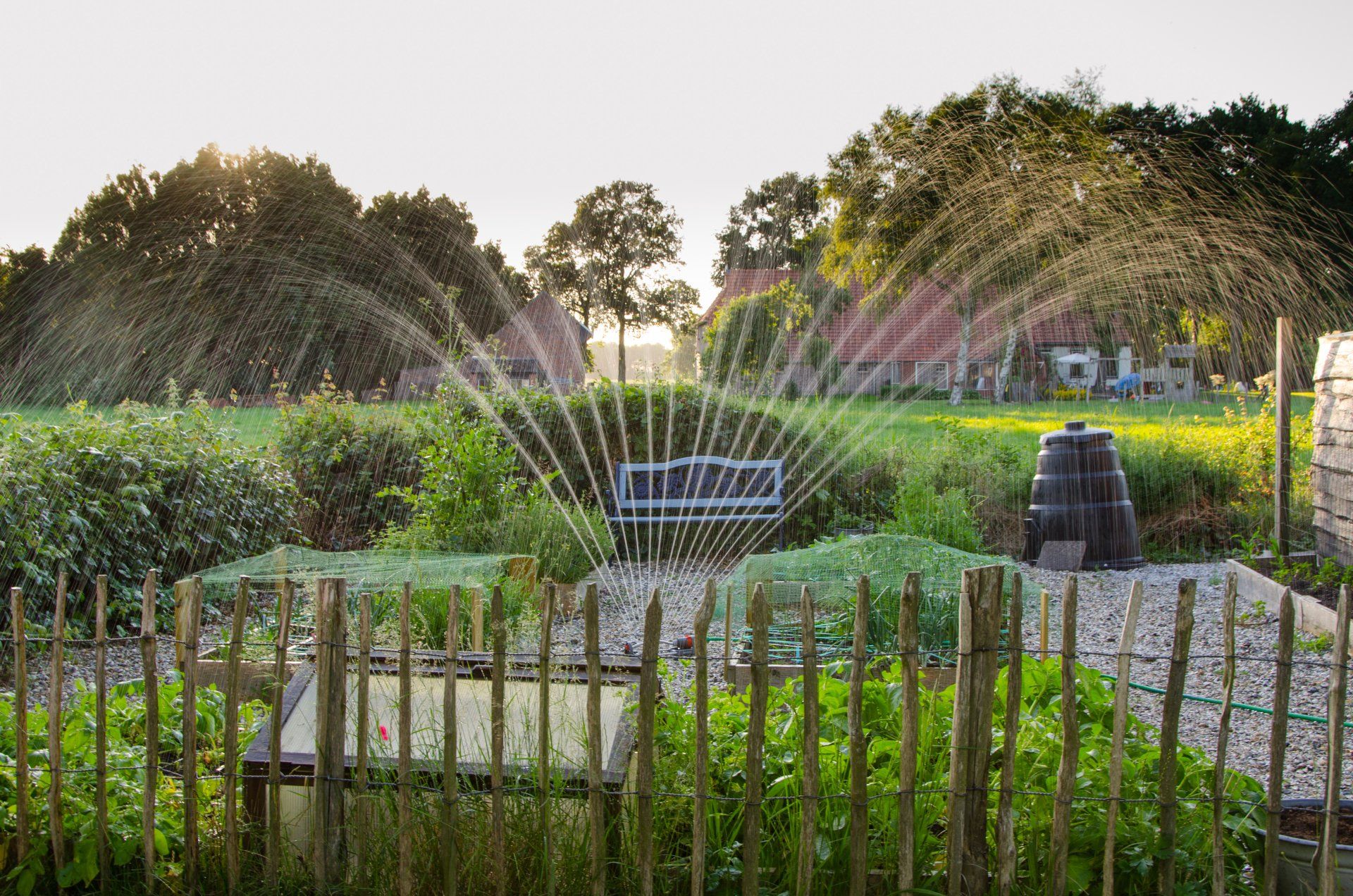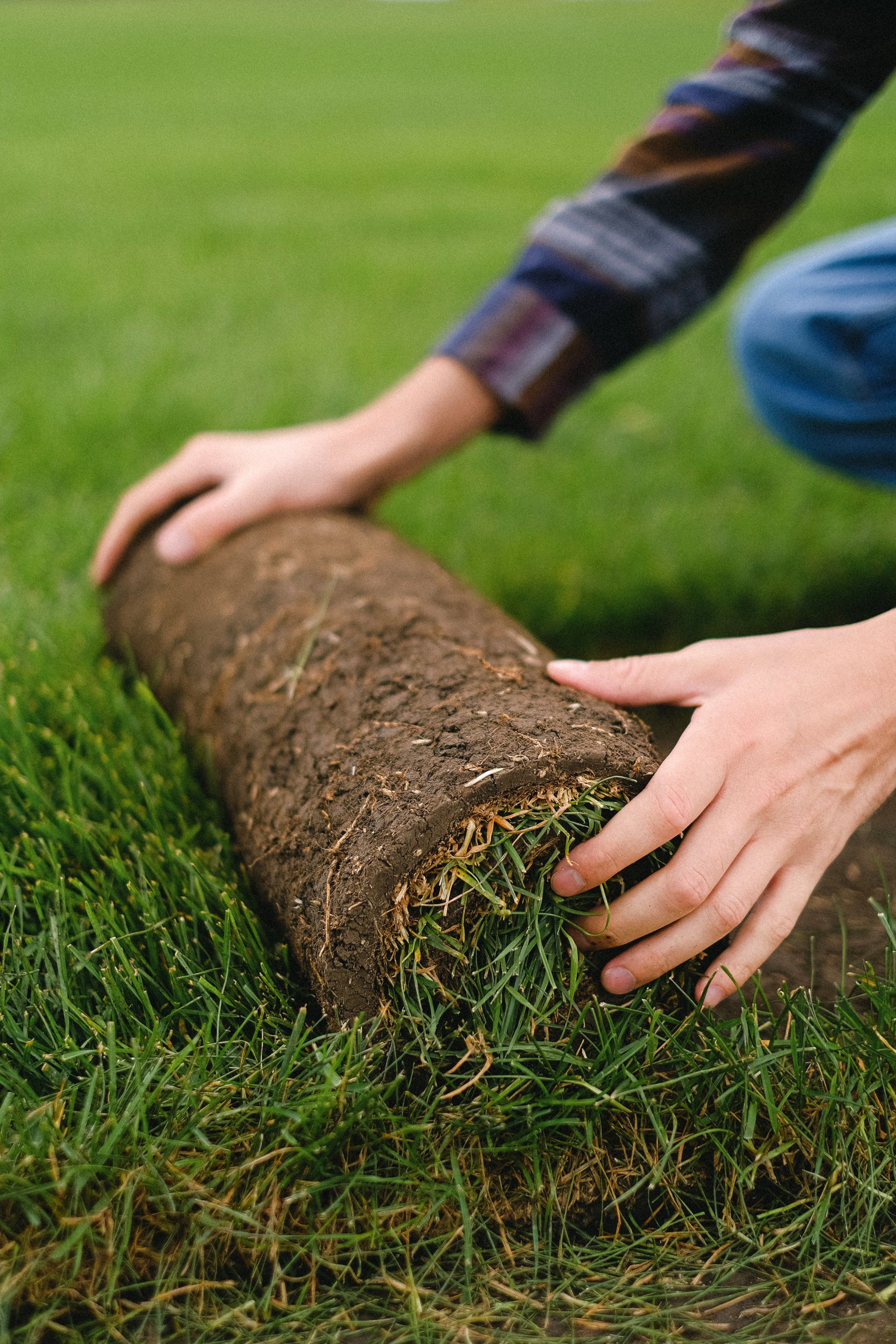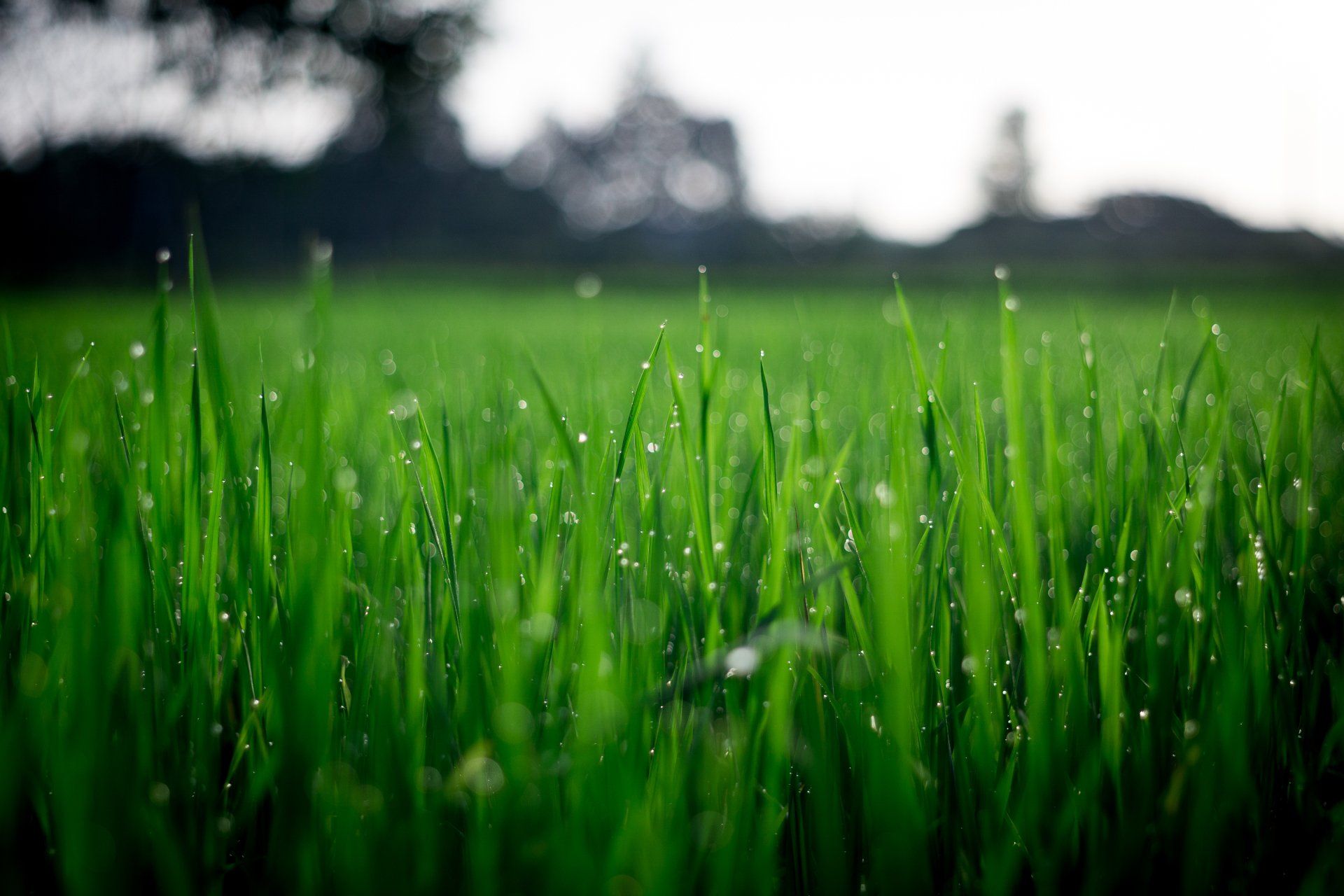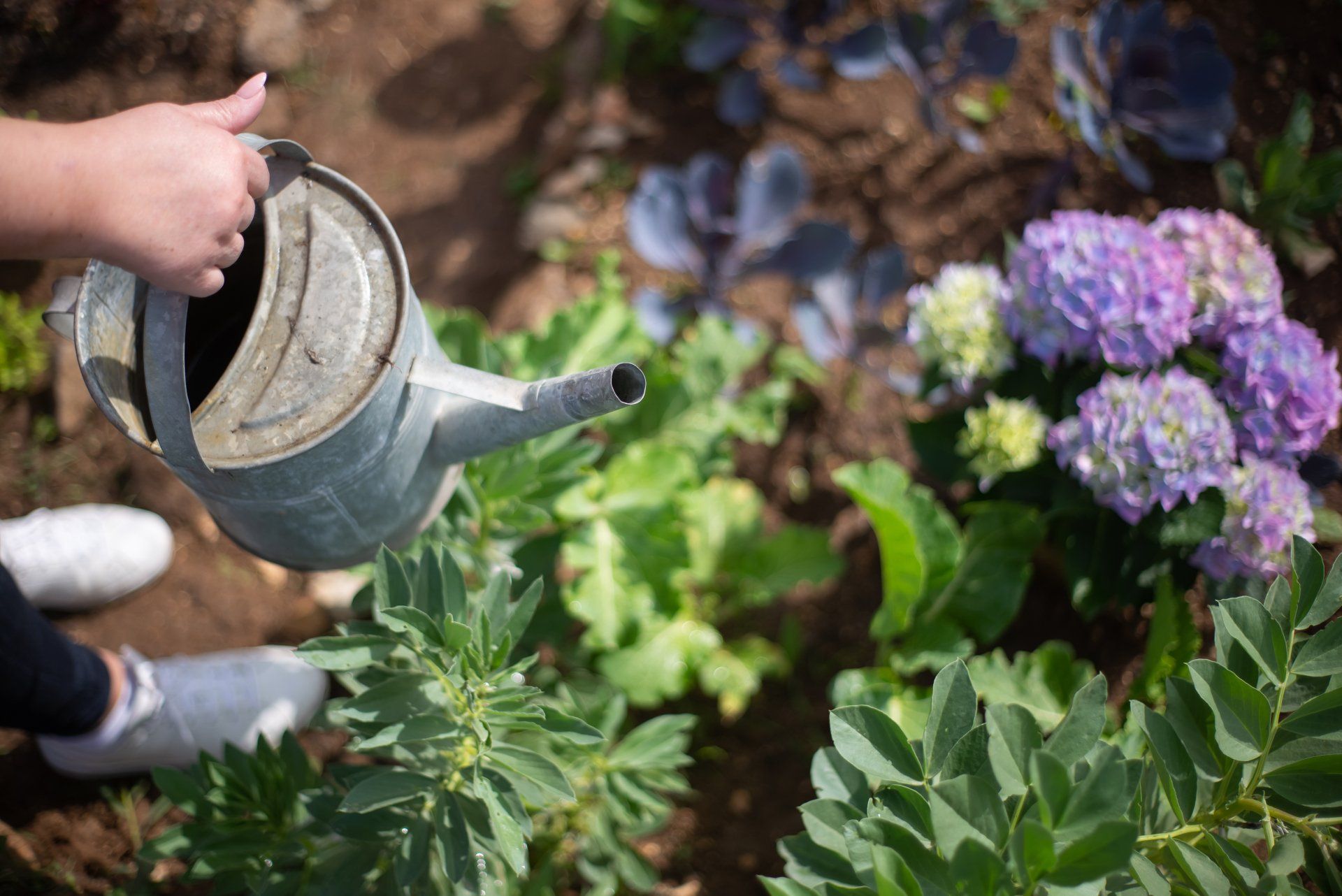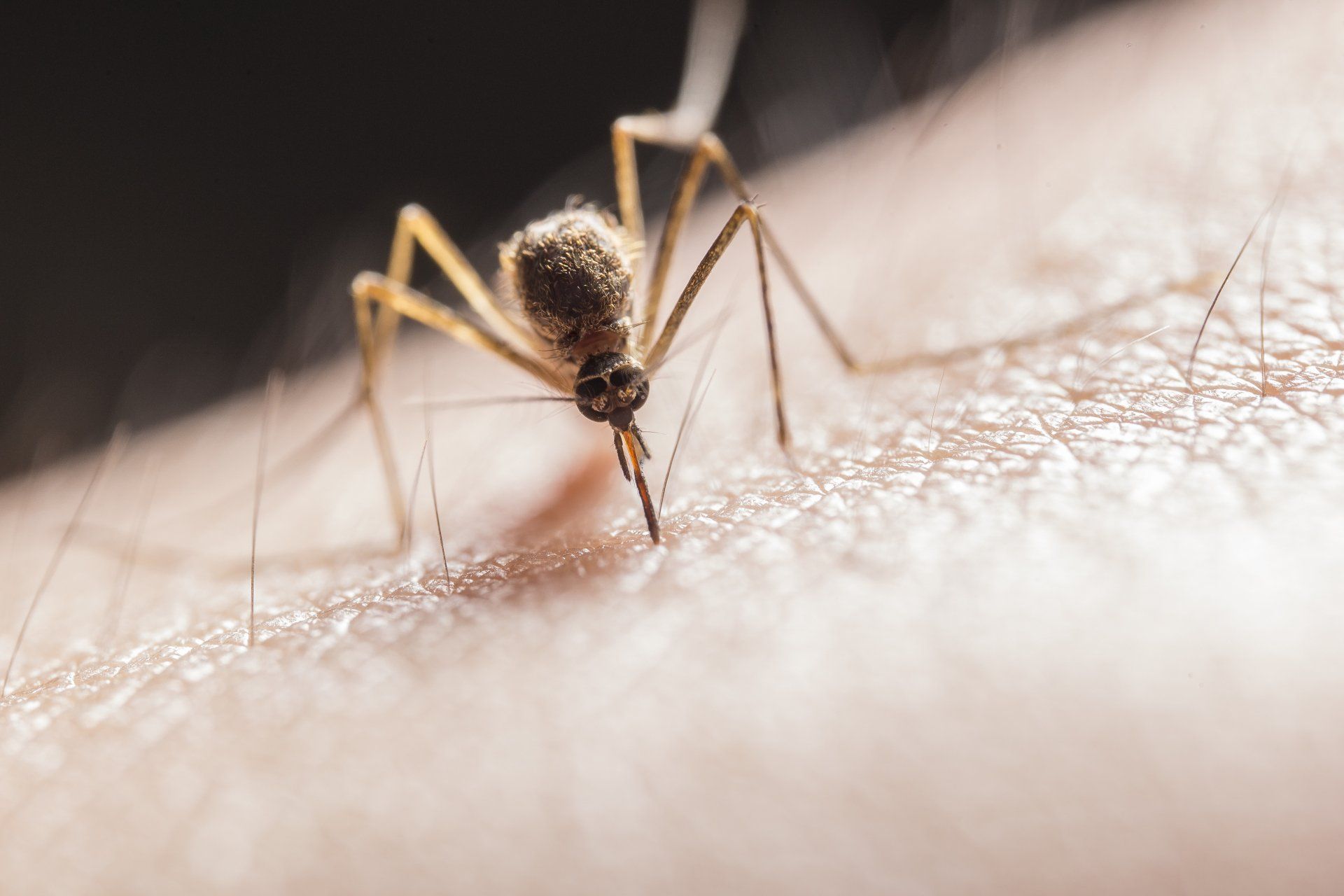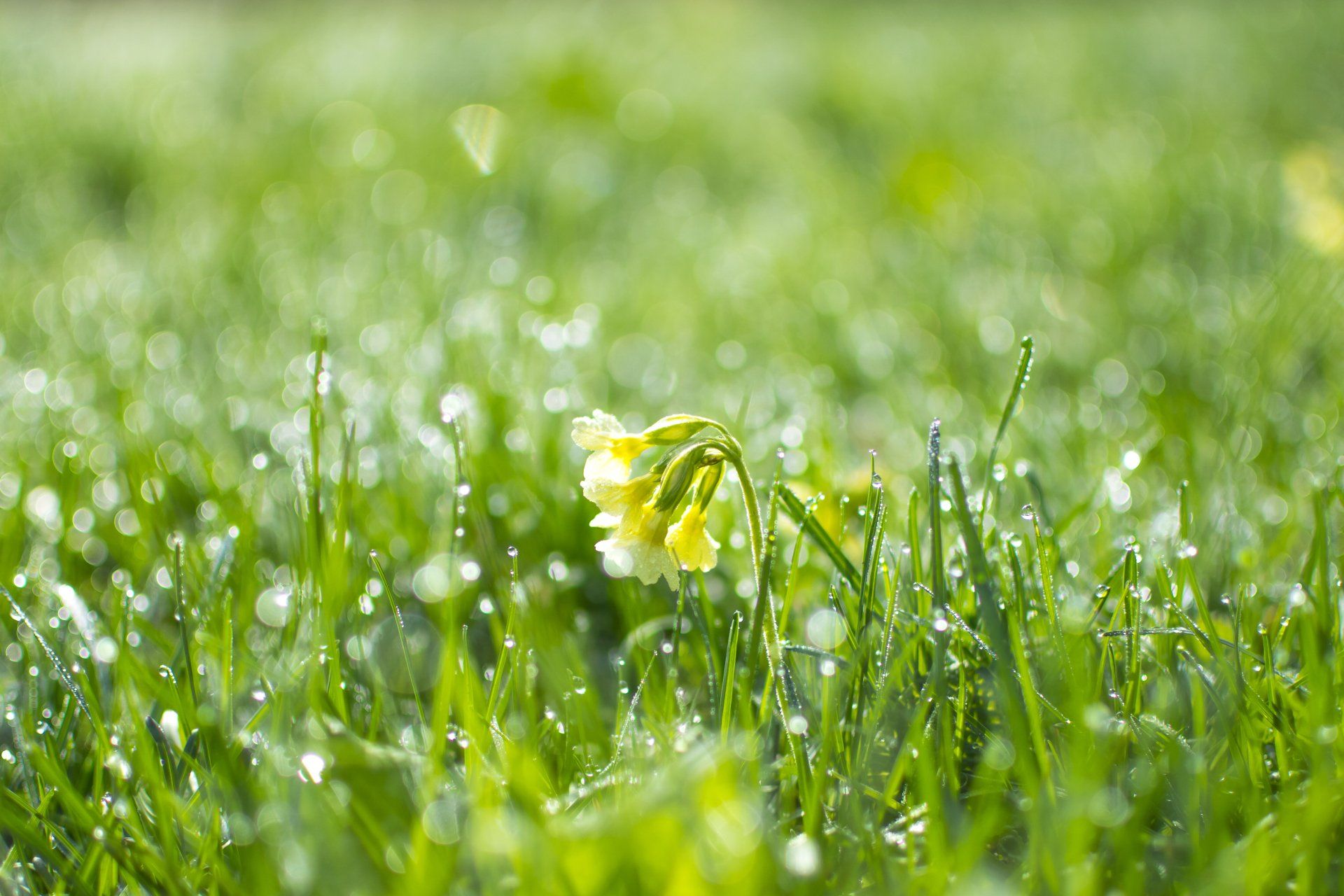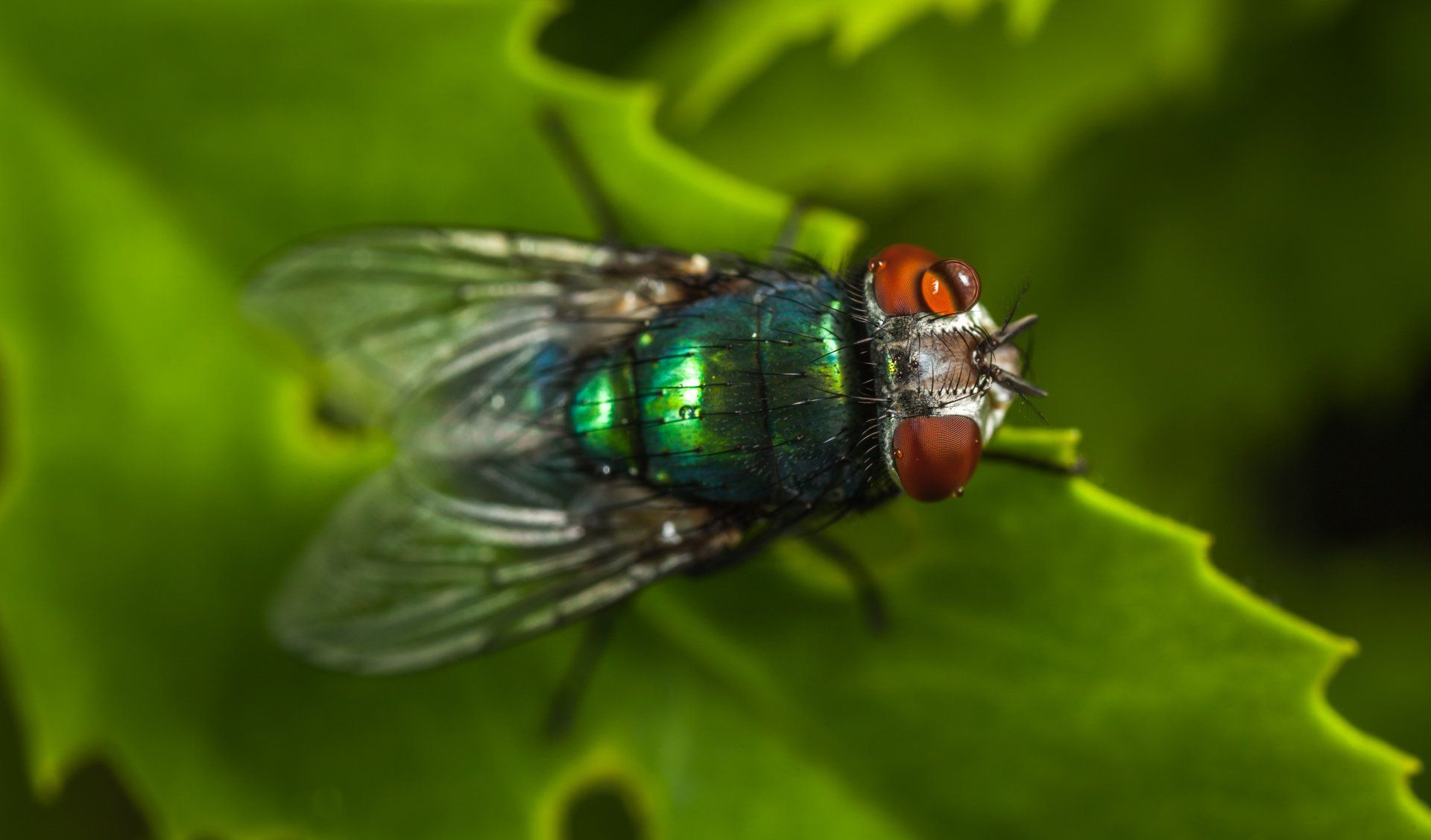What kind of pest is killing your grass?
What kind of pest is killing your grass?
A lush green lawn is something that most homeowners and business owners are proud of. However, even the best-maintained lawns can be damaged by a wide range of lawn pests. Proper identification using our list of common flying, crawling, and burrowing insects is key to identifying the problem and restoring your property's health and vitality.
Lawn Pest Identification
These warning signs could indicate that you have unwelcome pests on your lawn or under your ground.
- Chewed blades
- Wilting grass
- Dead or dying grass patches
- Brown spots
- Holes in ground
- Insect sightings
These common pests include:
Grubs
Although there are many species of beetle larvae and grubs, most are C-shaped and approximately one inch in length. These unattractive creatures are found in soil where they feed on lawn grass roots and attract other pests like moles, crows, and armadillos.
Symptoms include brown spongy patches, lawn die-offs, and brown spongy spots.
Treatment: Use commercial grub killer to soak infested areas.
Armyworms
Armyworms can be black, brown, green, or yellow in color and measure approximately one and a half inches in length. They have horizontal stripes. They eat grass above ground and prefer cooler evenings.
- Symptoms: Brown patches, which may look like drought.
- Pest control professionals are recommended.
Fiery Skippers
This caterpillar is black in color and has a green body. It lays its eggs under grass blades and leaves.
- Symptoms: Two-inch-long brown patches on your lawn. Infestations can cause irregular shapes.
- Treatment: Commercial caterpillar treatment is possible.
Leatherjackets
The name comes from their smooth appearance and grayish-brown coloring. They measure approximately 1 and 1/2 inches in length and have no distinguishable heads or legs. They eat roots and grass blades.
- Symptoms: Dead grass patches that are oddly shaped.
- Pest control professionals are recommended.
Chinch bugs
These insects are just one-quarter inch long and have white-gray wings and black-colored bodies. They are also decorated with a dark triangular pattern. These bugs remove moisture from grass blades by sucking out excess fluid and then putting in an anticoagulant to stop further water absorption.
- Symptoms: After the grass is completely dried, patches of lawn may turn purple/red to yellow.
- Diatomaceous earth is used for treatment.
Burrowing and Digging Mammals
Your lawn can be damaged by chipmunks and moles, gophers, groundhogs, and other burrowing mammals as they build their homes or hunt for food.
- Symptoms include tunneling, earth mounds, and holes.
- Professional pest control is required to identify and treat the problem animals.
Lawn Pest Prevention Tips
There are many beneficial species that can be found in landscapes. These tips can help you reduce or eliminate pests that could cause harm to your garden or lawn.
- Get rid of standing water, which can become a breeding ground.
- Garbage cans should be tightly covered.
- Maintain your lawn at the maximum height.
- You can maintain your lawn by applying seasonal fertilization and aeration.
- Regularly water the grass and more frequently as the weather warms up.
- Regularly inspect your property for damage signs.
Ready to work with Landscaping LeafExperts Vancouver?
Let's connect! We’re here to help.
Send us a message and we’ll be in touch.
Or give us a call today at 604-409-5034
More Tips!
